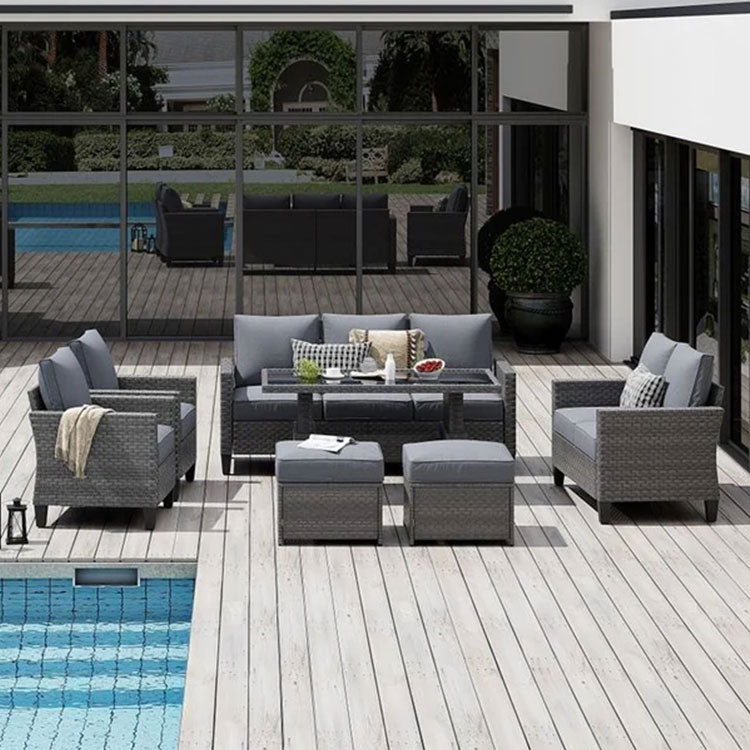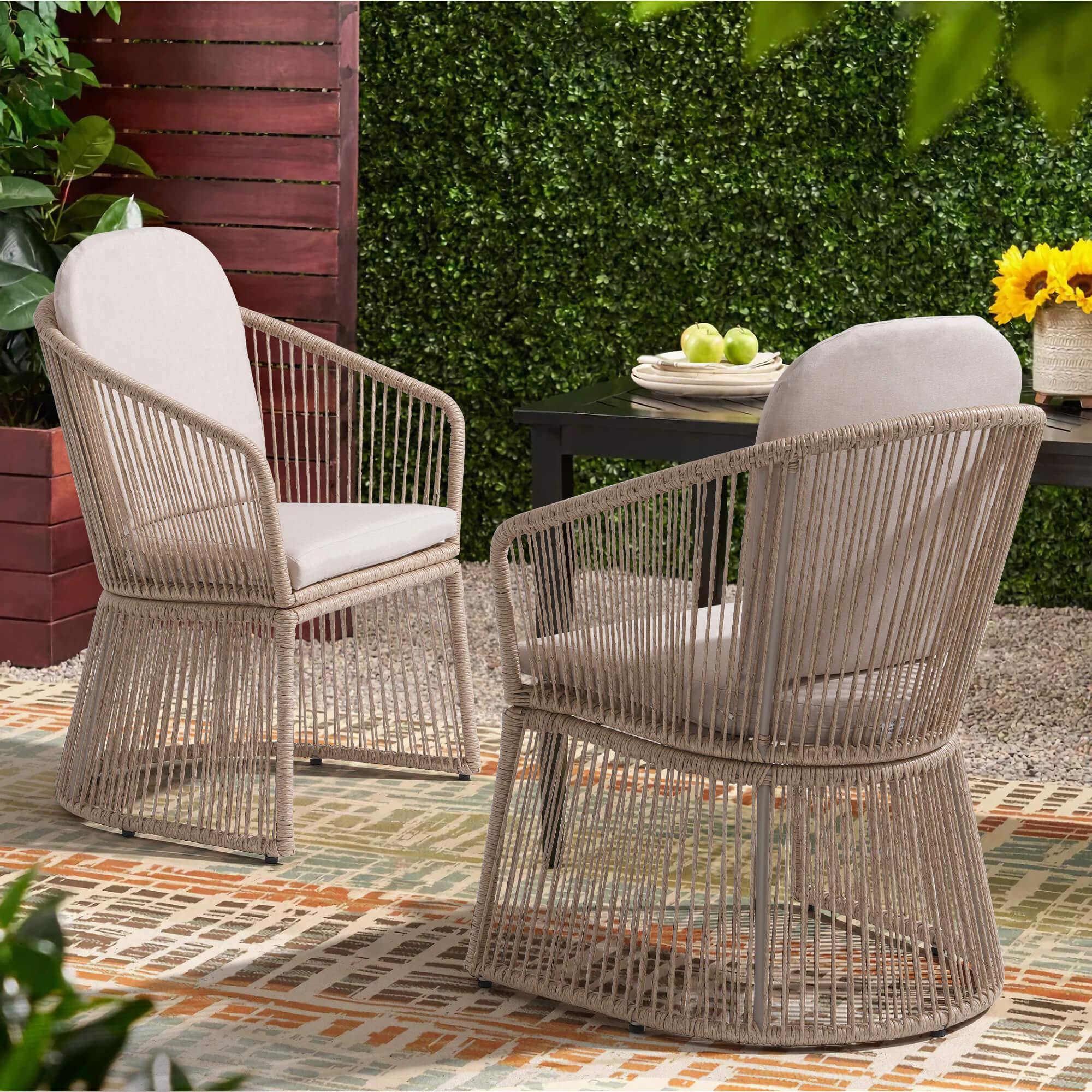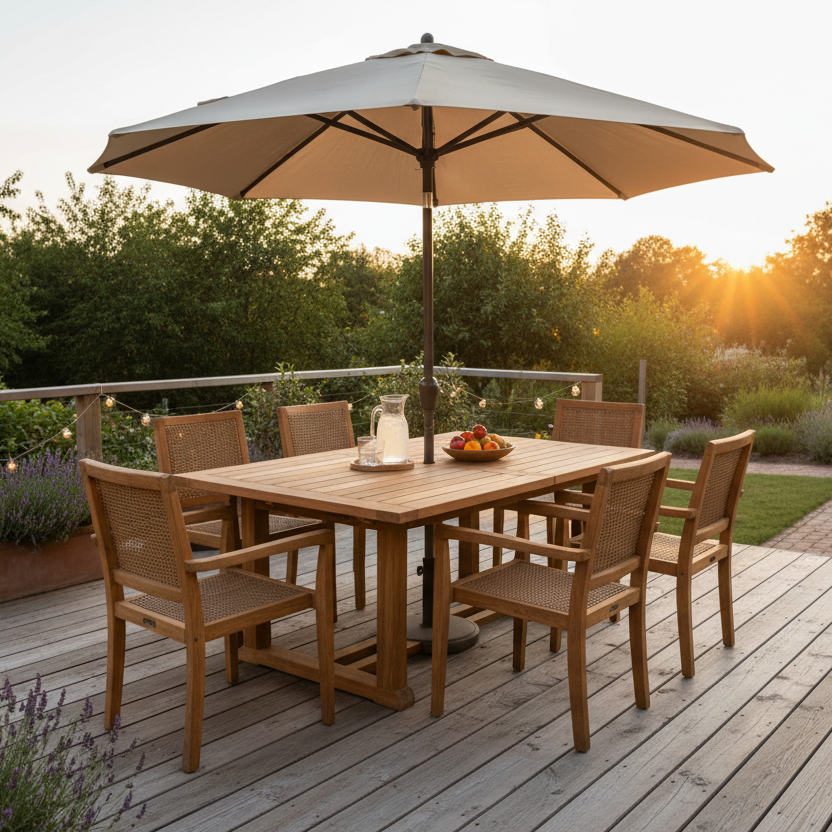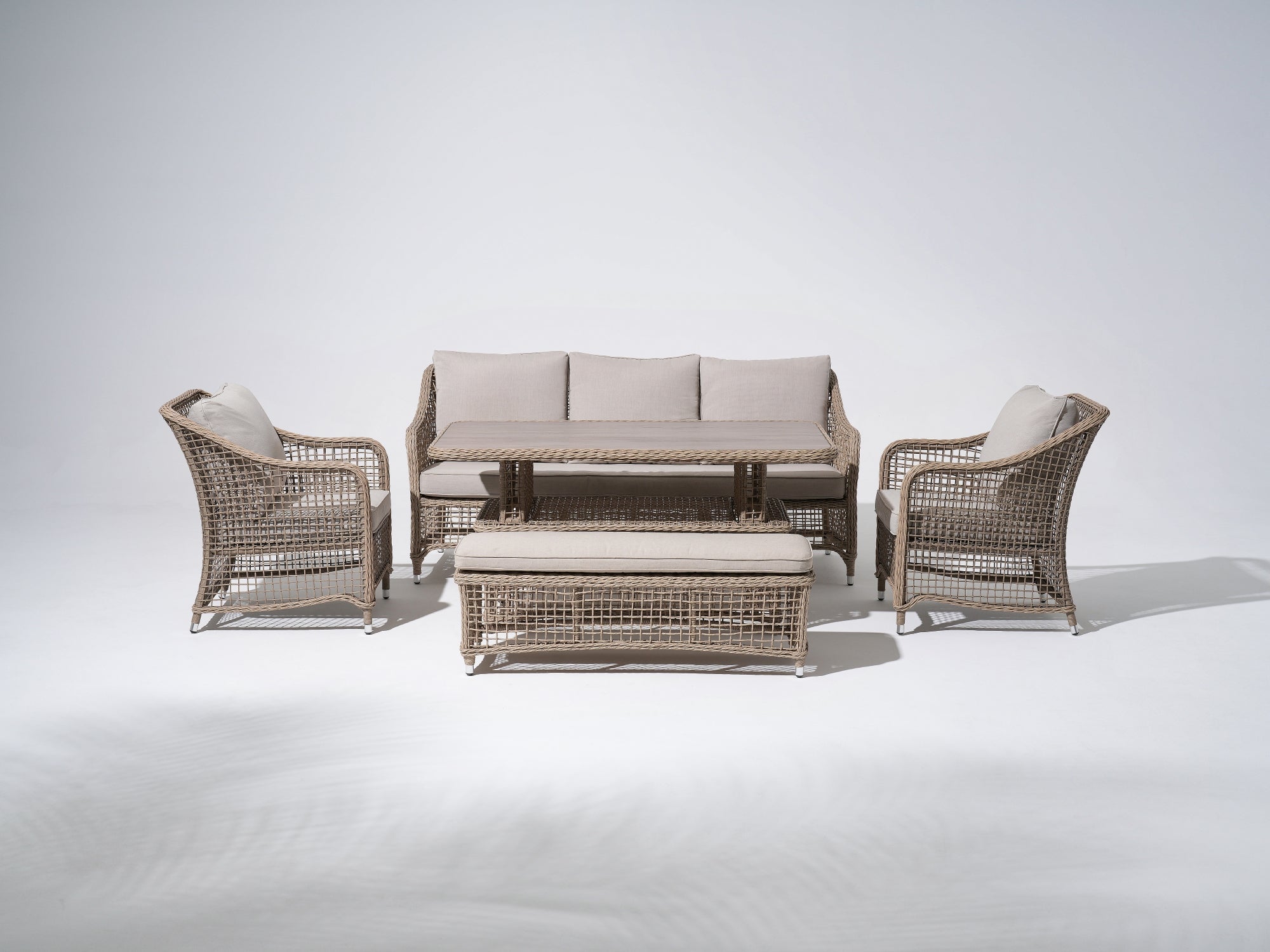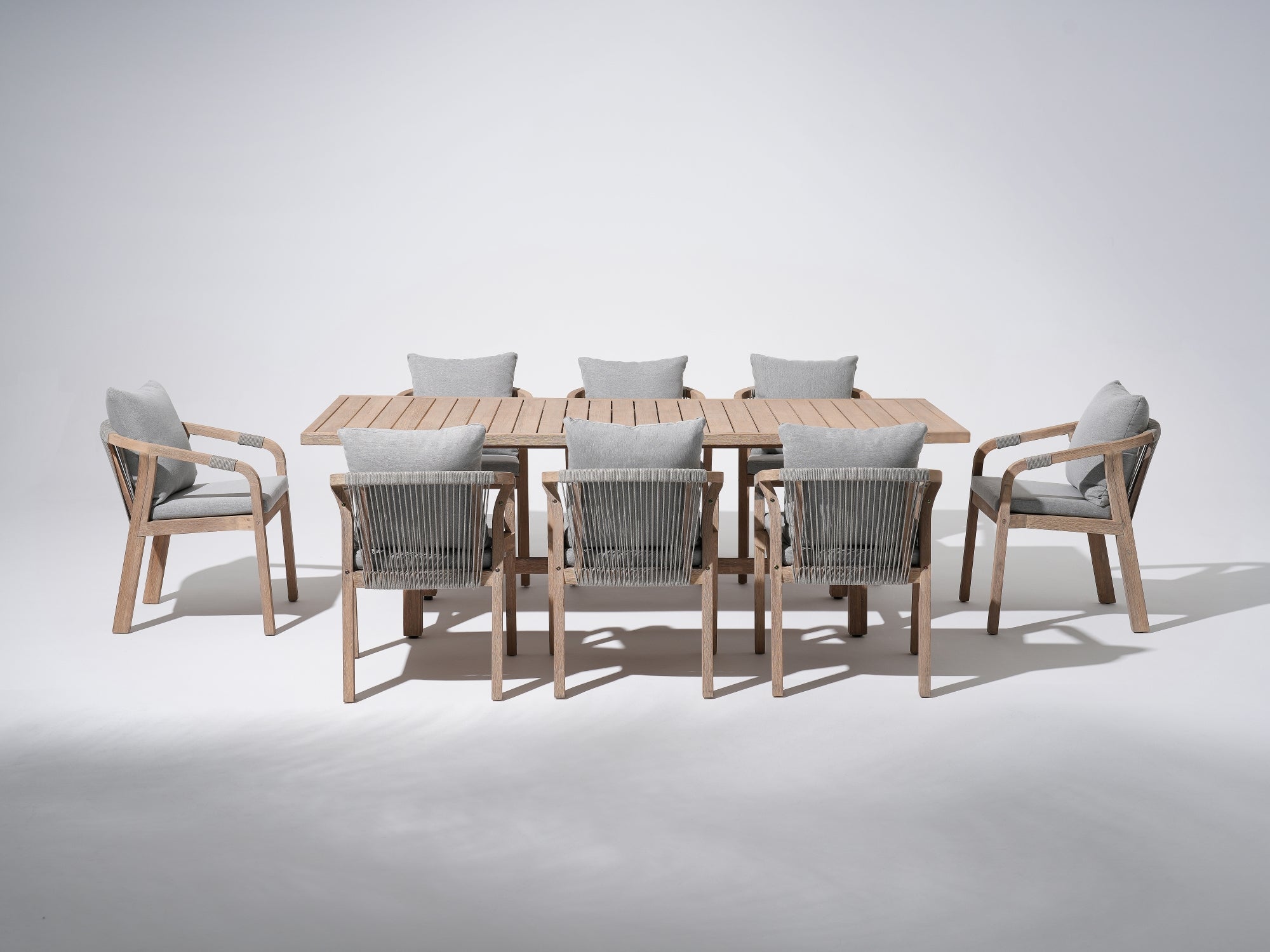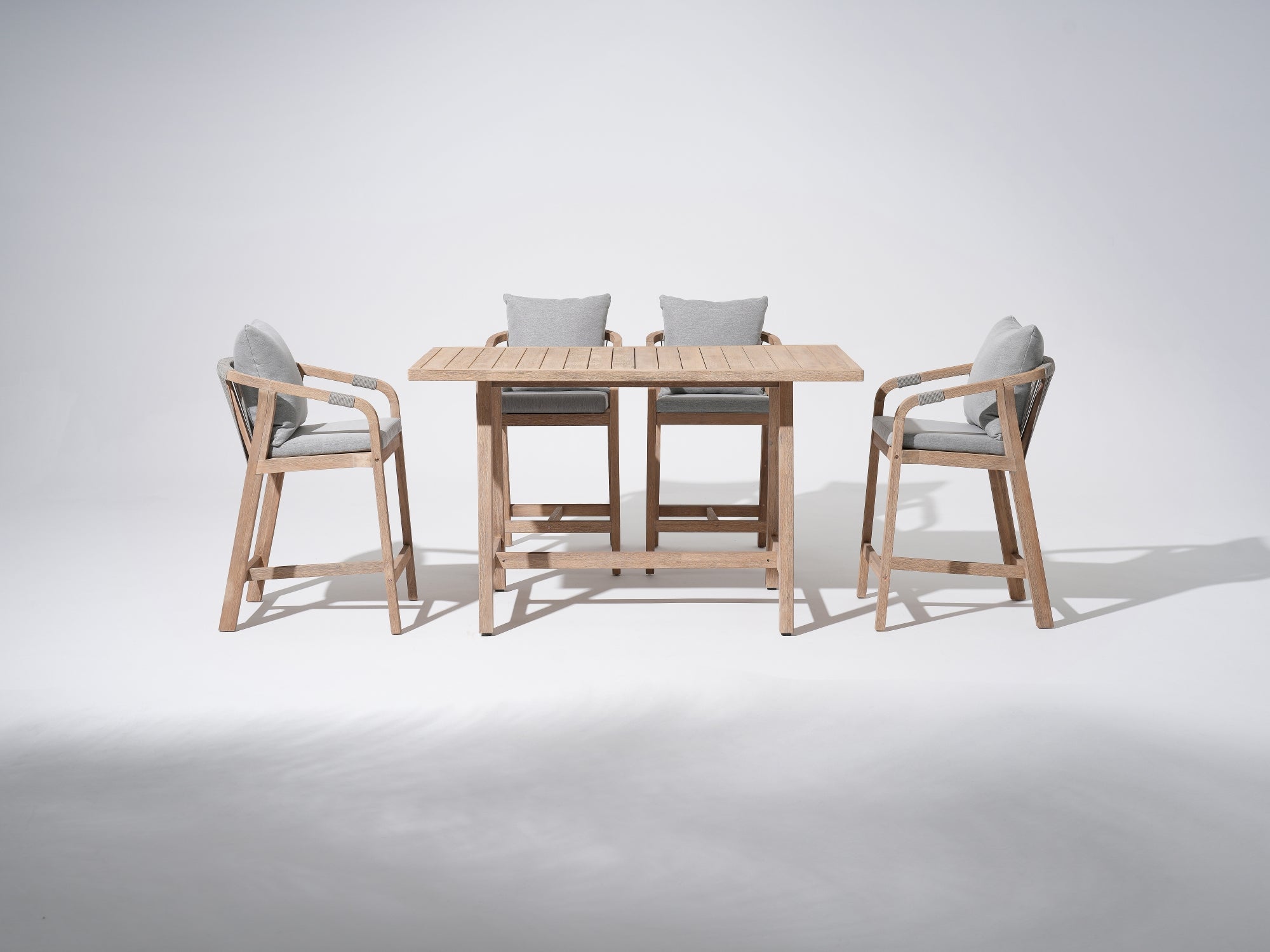Wicker and rattan are commonly used words in outdoor furniture production. We often think they mean the same and use one in place of the other.
In actual sense, they are independent terms, though related, and have distinct characteristics. Wicker is a weaving style or technique, while rattan is the natural material used in the weaving craftsmanship.
That’s just the tip of the iceberg. Move along with us as we shed more light on wicker and rattan. From today, henceforth, you’ll know the correct term to use in a furniture setting.
What is Wicker?
Erase the thinking that wicker is another type of furniture material because it’s never been. Defining wicker, this is a contemporary antique weaving technique that began 5000 years ago. It’s been an ancient hand-done skill that’s present in this day and age since it’s one of a kind.
Therefore, wicker furniture basically doesn’t mean the item is a product of a physical material. But rather the furniture was crafted through the wicker weaving method. Wicker furniture is loved for its lightweight, sturdy, and breathable properties brought about by the intricate weaving pattern.
Between the weaves are gaps that offer good air ventilation for great comfort to the user. Wicker furniture can take up any color shade and fit perfectly in any house decor setting. For these reasons, it is common in outdoor-loving households looking for an ideal blend of traditional artistry and modern aura.
The weaving process involves interlacing natural wood or synthetic fiber over a warp. High-quality materials, such as rattan, bamboo, reed, or willow, are picked and assembled into an artsy piece. Skilled craftsmen apply various weaving patterns unique to every item they make.

What is Rattan?
On the other hand, Rattan is a natural wood material sourced from multiple species of slender climbing palms. It’s predominant in the tropical regions of Asia, Africa, and Australia. This rattan is the material that can undergo the wicker process to create attractive furnishings.
The vine-like plant is known for its flexible, robust and solid stem, whose outer skin is peeled. The core undergoes wickerwork, whereby it’s modified and bent into various shapes to generate pieces of pretty rustic furniture. These stems usually vary in size, as some species grow several meters long.
Many furniture businesses today use rattan as their raw material because of its sustainable nature. In its ecological habitat, it grows rapidly, so it’s difficult to run short of supplies. However, its existence is under threat if the vines are cut and uprooted completely, as they don’t grow back.
Conclusively, these characteristics of rattan make it viable and particularly common in indoor and outdoor furniture. It’s often associated with tropical and exotic decor styles. Furthermore, it’s seen as an eco-friendly alternative for tropical hardwoods due to its fast growth.

Wicker Vs. Rattan Furniture: Key Differences
Here, we’ll discuss the key contrasts in detail. The gist is the expounding of the previously mentioned distinct characteristics, taking away the confusion that has existed before. Clarity is important in the world of furniture products, especially when buying one for your home.
Material composition
Up to this point, if you’re curious about the nitty-gritty of wicker and rattan, we got you. Starting from the basics again, when we talk about wicker furniture, we’re discussing the weaving method. Just like weaving a basket, right?
Hence, the material in use could be any pliable stuff, such as willow, bamboo, rattan, or even synthetic fibers. It all revolves around the weaved, airy appearance that gives the cool, breezy vibes. It’s the crafty art that weaves into amazing shapes and patterns. One wicker piece may look absolutely different from another, but both underwent wickerwork.
Coming to rattan, it’s the actual material that may go through the wicker game. It’s a vine or palm type with a solid-core bendy stem. Even though it’s tough, it’s flexible and allows for warping into the desired shape and pattern.
So, spinning it briefly, wicker furniture comprises wickering natural or synthetic fibers. And rattan, in comparison, is the natural material often preferred for creating frames or the classic wicker weave.
Manufacturing process
Wicker furniture manufacturing involves the utilization of not a single material. Various plant fibers are employed in the process, not only rattan but also reed or any synthetic alternative.
The core focus in wicker manufacturing is weaving these pliable materials into intricate patterns and forming the structure of the furniture, regardless of the frame material. The frame over which the bendy pieces are woven may be of a different material.
Conversely, the manufacturing of rattan furniture centers on rattan as the only material. The process starts with harvesting the vines’ stems from the forests. The long stems are then cut into manageable pieces and desired lengths. After this, they are steamed or heated to become bendable and easy to shape and form.
These pieces are assembled to create the furniture frame structures. Then, weaving starts to complete the furniture structure. It could be the wicker style or a different weaving technique. The outer skin of the natural rattan may be stripped and used to weave the supportive part of the furniture.

Durability and strength
As we know, wicker furniture is made from various materials. The intensity of strength and durability level depends on the type of material used in the wicker process. But generally, wicker pieces are not as strong and durable as rattan furniture.
Furniture made exclusively from rattan is notably loved for its sturdy, flexible, and greater weather resistance. It is more resilient to wear and tear than wicker furniture, which is why it is greatly preferred for the outdoor space.
Flexibility and versatility
When it comes to flexibility and versatility, both possess this unique strength. Wicker crafts are generated by weaving pliable material, like bamboo, rattan, or willow, into a variety of shapes and patterns. This offers a wide range of styles and looks for a vast furniture collection in a showroom.
Similarly, rattan material is flexible and cannot easily splinter when twisted. It can equally be molded into multiple patterns and furniture designs. Thus, it’s a versatile option for different decor tastes, preferences, and environments.
Maintenance and Care Requirements
In terms of maintenance and care requirements, both deserve regular TLC to protect them from any type of environmental or physical damage. Wicker, on one end, is prone to fraying and the strands falling apart, especially if a synthetic material is involved. It, therefore, requires more attention in maintaining its appearance and longevity.
As for rattan, the entire structure is purely made from rattan’s solid and sturdy stems. Hence rattan furniture is easier to care for and is likely to last longer since it’s more wear-resistant. Just occasional dusting and periodic wiping with a damp cloth keep it in check.

Choosing the Right Material for Your Furnishing Needs
Now that we’ve discussed wicker and rattan, it’s important to understand how to choose the right material for your furniture. This takes us to the level of assessing these crucial considerations for every shopping adventure.
Considerations for Indoor Vs. Outdoor Use
Well, indoor furniture can be made from more material options than furniture for outdoor spaces. The indoors can work with delicate materials without being too picky, while the outdoors factor in the material’s ability to withstand the climatic elements.
Remember that exposure to moisture, sunshine, wind, and temperature changes are detrimental to longevity. Taking that into account limits the material choices to weatherproof ones like rattan, bamboo, and aluminum. Understanding the intended use with regard to the furniture location helps choose a piece that will last long enough in a particular environment.
Design Preferences and Aesthetics
Different furniture materials offer different aesthetic qualities, influencing an individual’s design preference. These range from the rustic look of wood to the glossy appeal of metal and the modern taste of glassy pieces. Such a variance creates a plethora of decor ideas for your living space.
The final choice of material should align with the overall design theme and ambiance for a seamless blend. It should complement the existing decor items and augment the entire look. Above all, the visually appealing demeanor reflects the owner’s taste and style.

Climate and Environmental Factors
Climate and environmental factors play a significant role in furniture material selection. By considering them, you select a material well-suited to your local climate, that is environmentally friendly, and that is durable.
Choose materials with stamina to persevere harsh climatic conditions and not yield to rotting and degradation. It would be better to consider recyclable materials that perform another purpose at the end of their lifetime. Apart from strength and durability, you look at the material’s sustainability in keeping the environment alive.
Opting for unreusable furniture materials that wreak no havoc when disposed of is also advisable. They should be biodegradable to reduce toxic waste accumulation. Go further to ensure you buy from eco-conscious brands committed to environmentally safe practices right from manufacture to delivery at your doorstep.
Budget Considerations
When choosing the most appropriate furniture, look for materials that balance the costs against the quality. At the same time, considering the durability, expected lifespan, and maintenance costs. In the long run, the overall value of the material should match the desired benefits.
The different materials vary widely in cost. Natural and organic materials are more expensive than their metallic and synthetic counterparts. Check that upfront, compare furniture to furniture, and evaluate the available funds in your bank account before allocating a budget for the furniture.
While setting the budget, incorporate the delivery and customization costs if necessary. Also, keep in mind the maintenance costs over the period the furniture will be in use. Before you buy, you’d have known you could afford the product till its service life ends.
Read more: Why is Rattan Furniture So Expensive

Final Thoughts
Now that you know the differences between wicker and rattan, you’re able to make an informed decision during purchase. It’s wise to be fully aware of the material of the furniture you wish to spend on.
From there, you can take the bold step of making a conscious material choice that fits your taste and preferences. For more information on wicker and rattan furniture, stay up to date with blogs on our Jardina website. Keep learning, keep teaching yourself in preparation for your new set of furniture from us.


